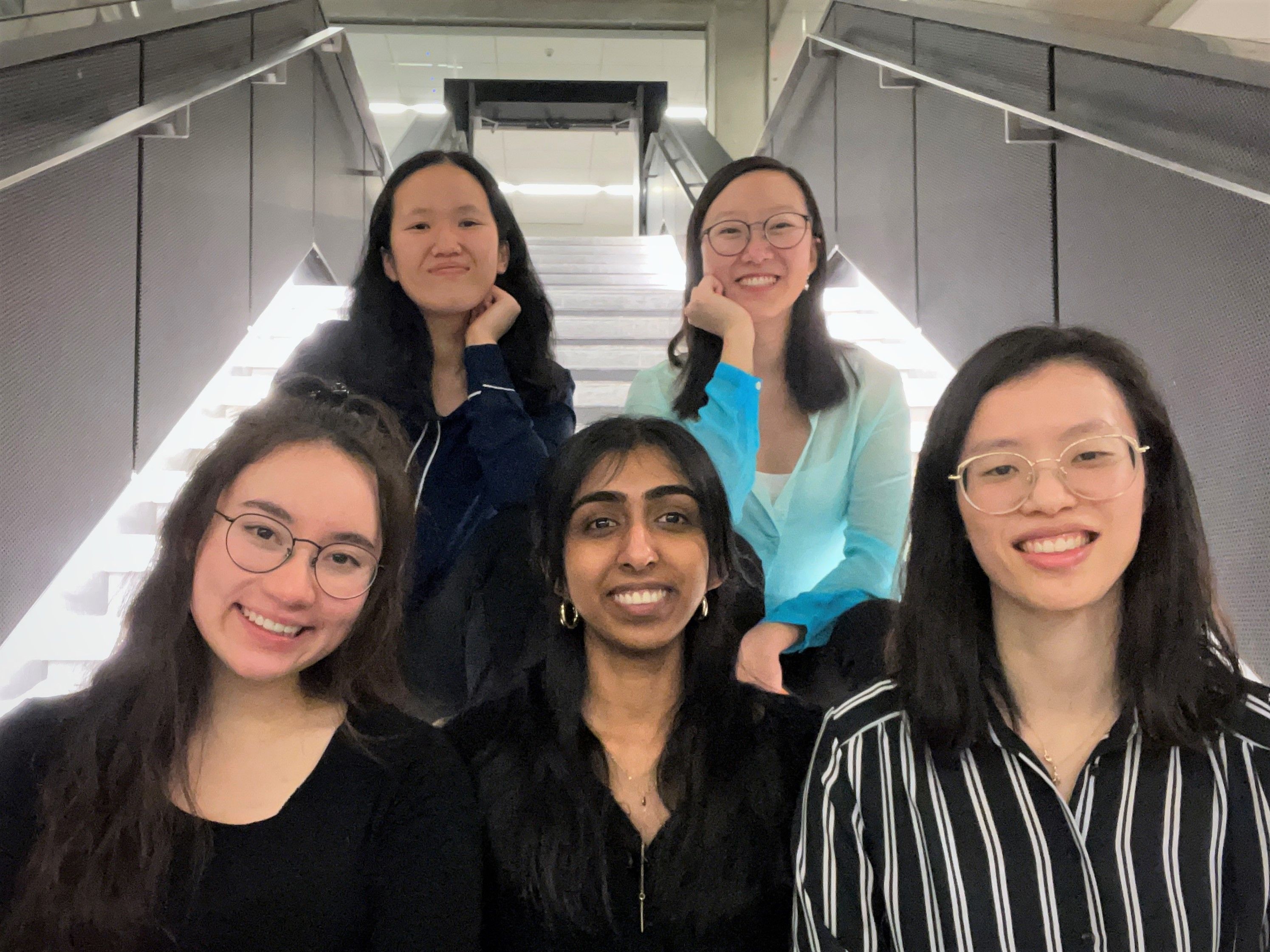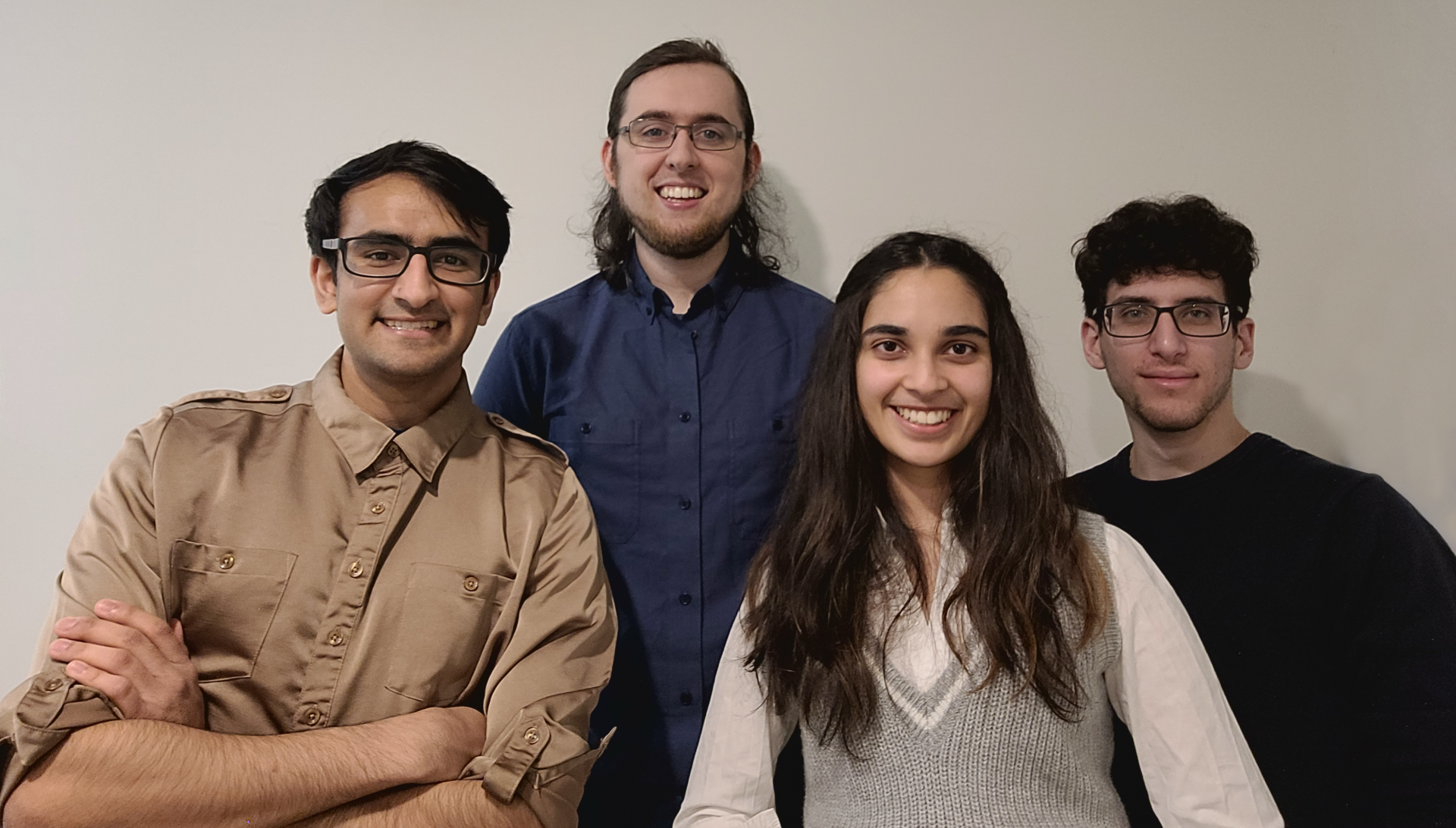CAPSTONE DESIGN PARTICIPANTS

Ramnik Chudha

Andrea Haw

Alison Luo

Olivia Ng
Pixel SSI
10
Over 100,000 women deliver via Caesarean section in Canada every year. One of the most common complications associated with this procedure is an infection originating at the incision, also known as a surgical site infection (SSI). Pixel SSI allows mothers who have recently delivered via C-section to independently monitor their incision site with an app that identifies early signs of infection.

Amanda Hope, Amanda Jo, Anne Mei, Erin Roulston, Rachel Madukayil
NeoFeed
11
Infants in the NICU are commonly fed by a process called gravity feeding, which involves a nurse taping and adjusting a feed syringe to a wall based on intuition. This can lead to improper feed flow rates and ultimately impact an infant’s comfort and growth. NeoFeed consists of an interface that communicates with a flow sensing and control mechanism, allowing for flow setting and monitoring. Our solution supports nurses with gravity feeding while minimizing human error and promoting infant safety.

Cathleen Leone

Rachel DiMaio

Thomas Fortin

Tigger Wong

Trevor Yu
TAG IT
12
TAG IT (Tags Automatically Generated for Imaging report Text) is a desktop application intended to help physicians search through their electronic medical records (EMR) for scanned and faxed imaging reports. It uses optical character recognition and machine learning to read incoming reports and tag them with useful information such as the imaging modality of the report and the body part that has been imaged. The user can then search through reports based on these automatically generated tags.

Darshil Shah, James McCafferty, Anjali Thatte, Karam Danial
The Next Step
13
Team 13 aims to motivate People with Parkinson’s (PwP) to live a more active lifestyle. We are creating a smart shoe insole tailored to tracking step count for shuffling gait, a characteristic symptom of Parkinson’s Disease. Our step-counting insole will motivate target users to increase their daily activity through removing the accessibility barrier to smart health-tracking wearables, as faced by PwP.